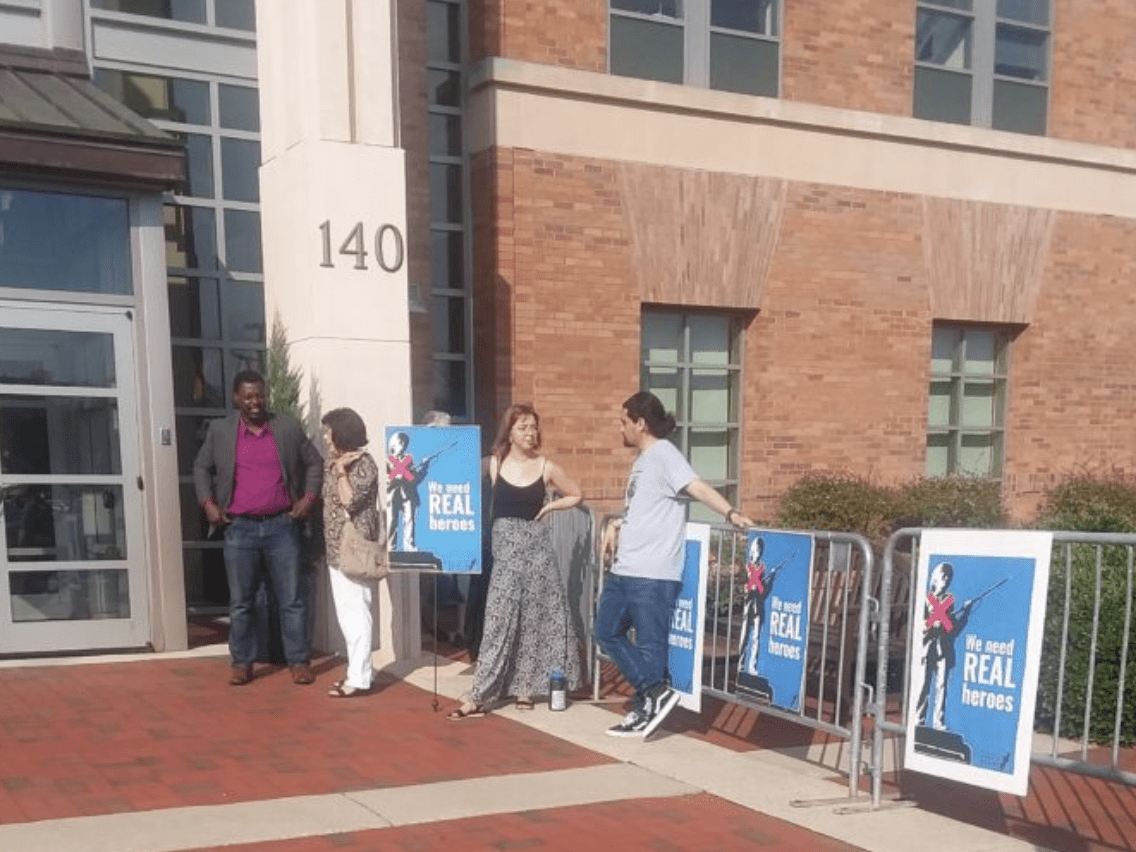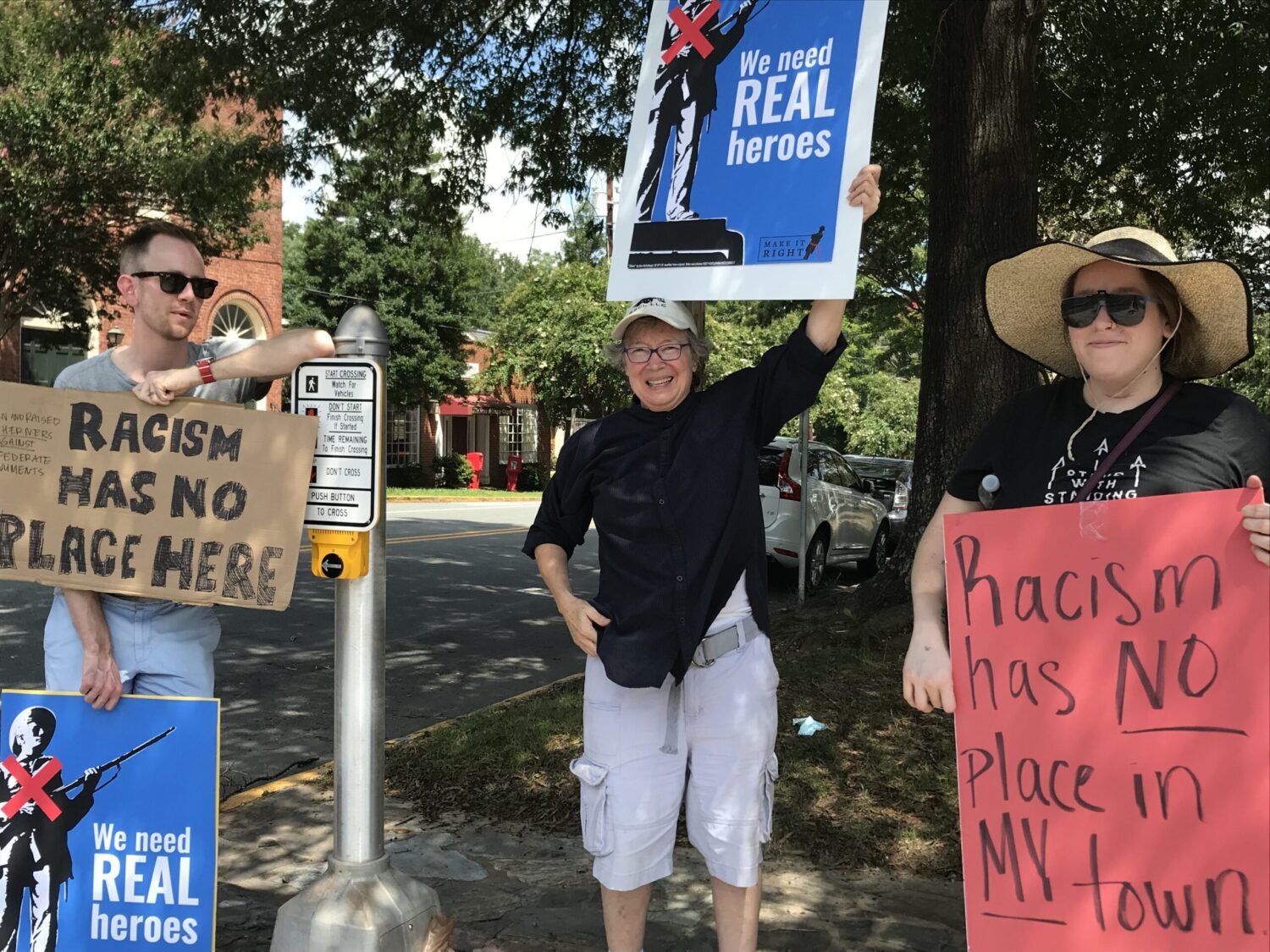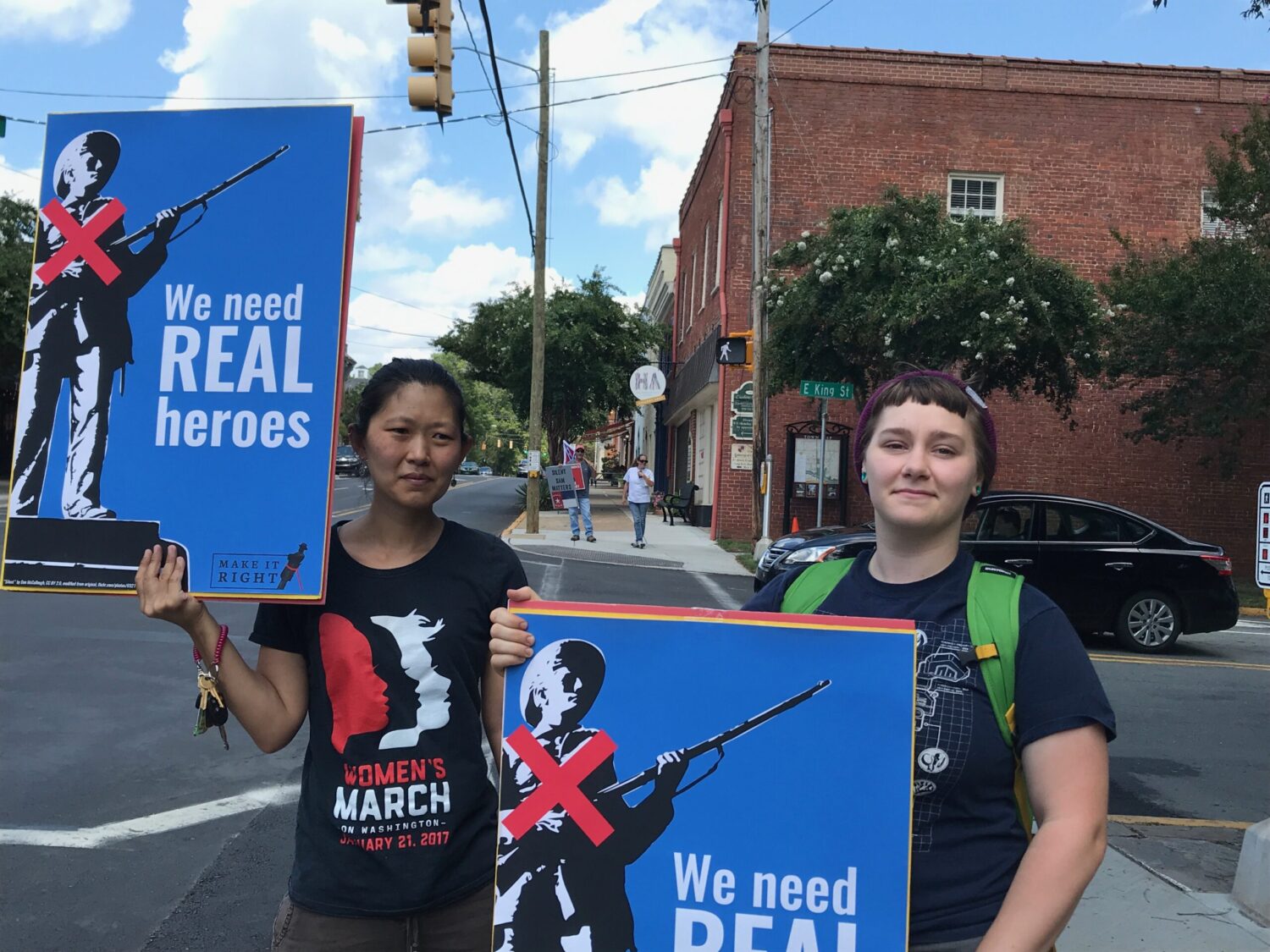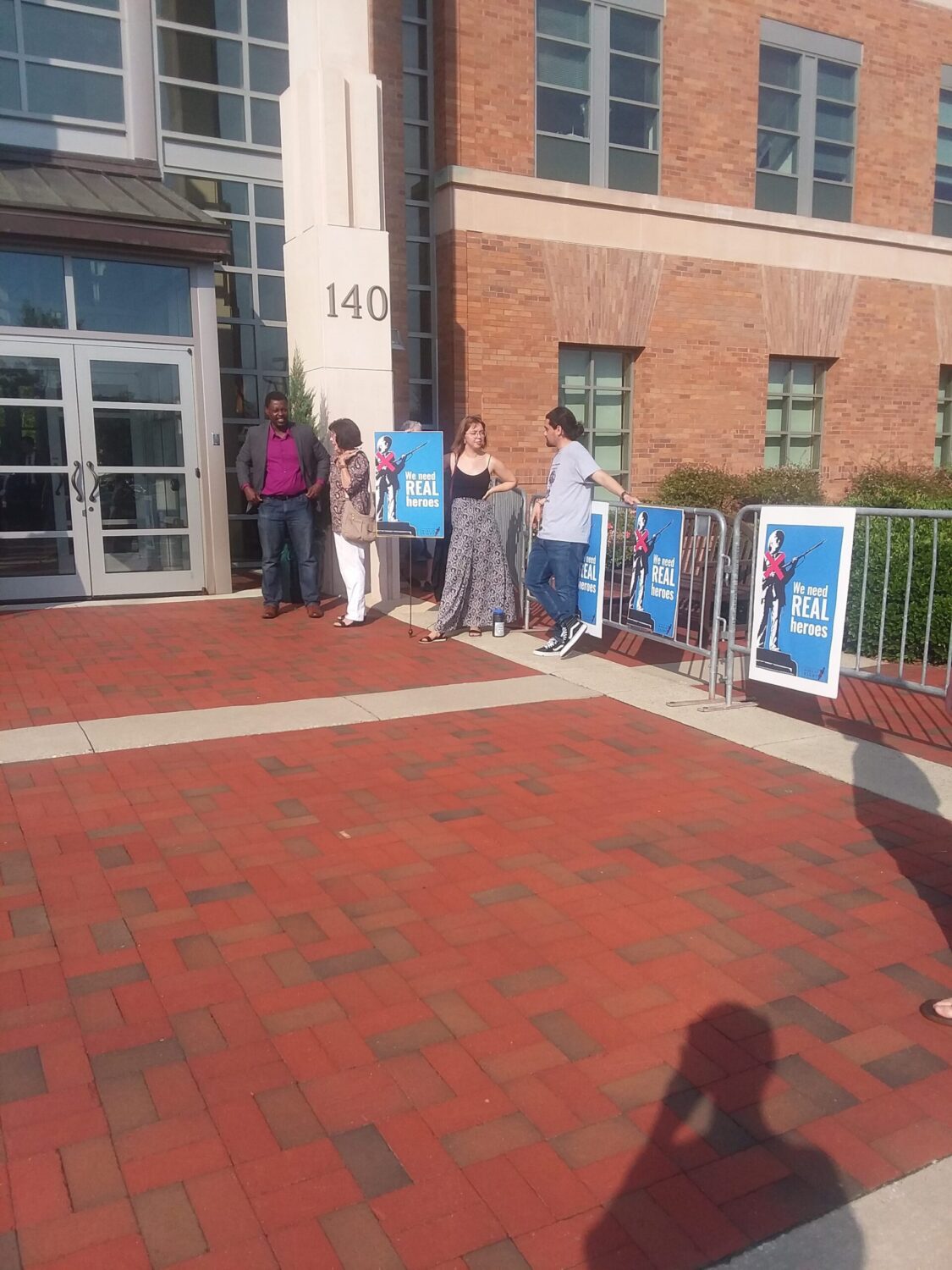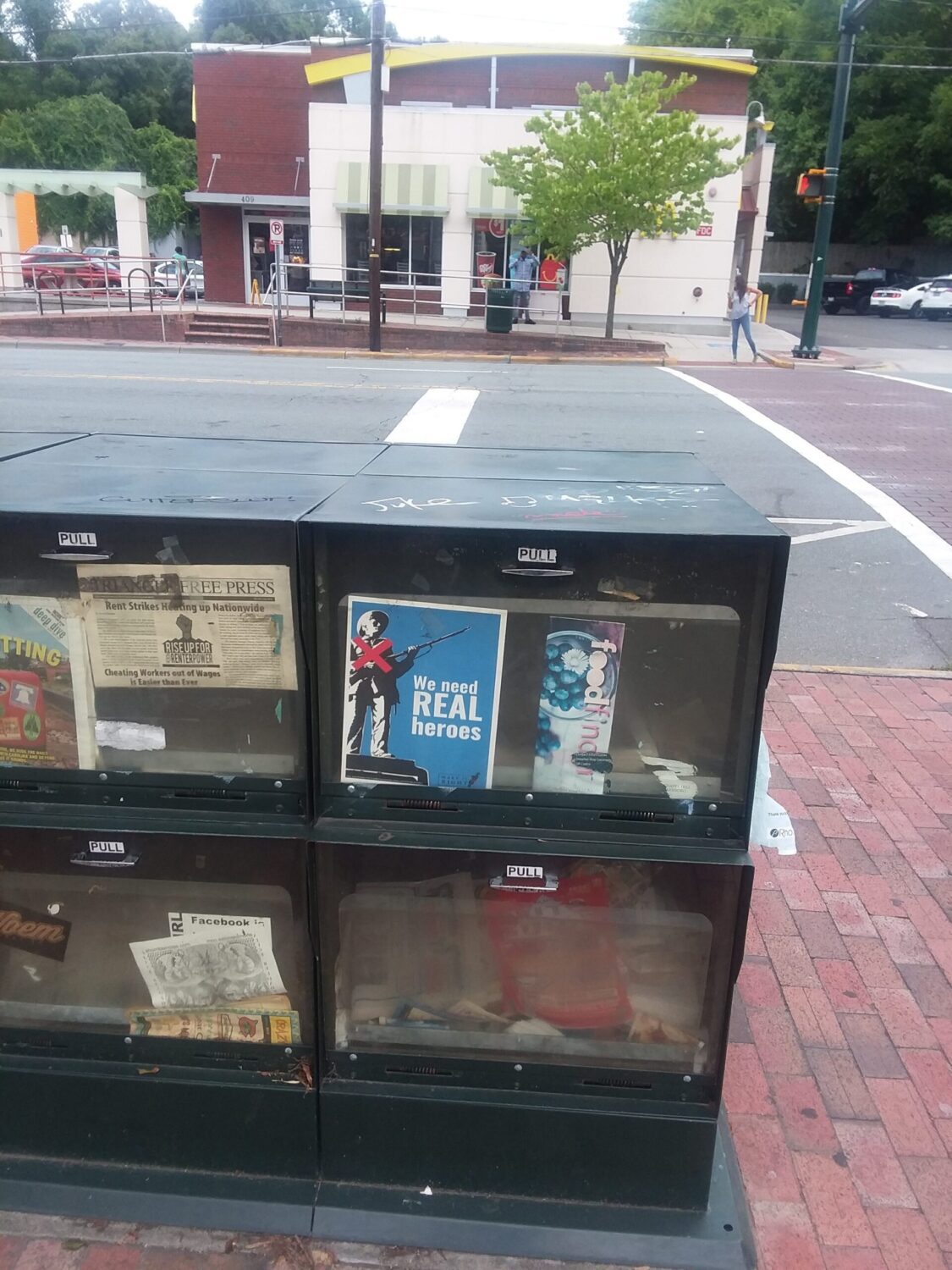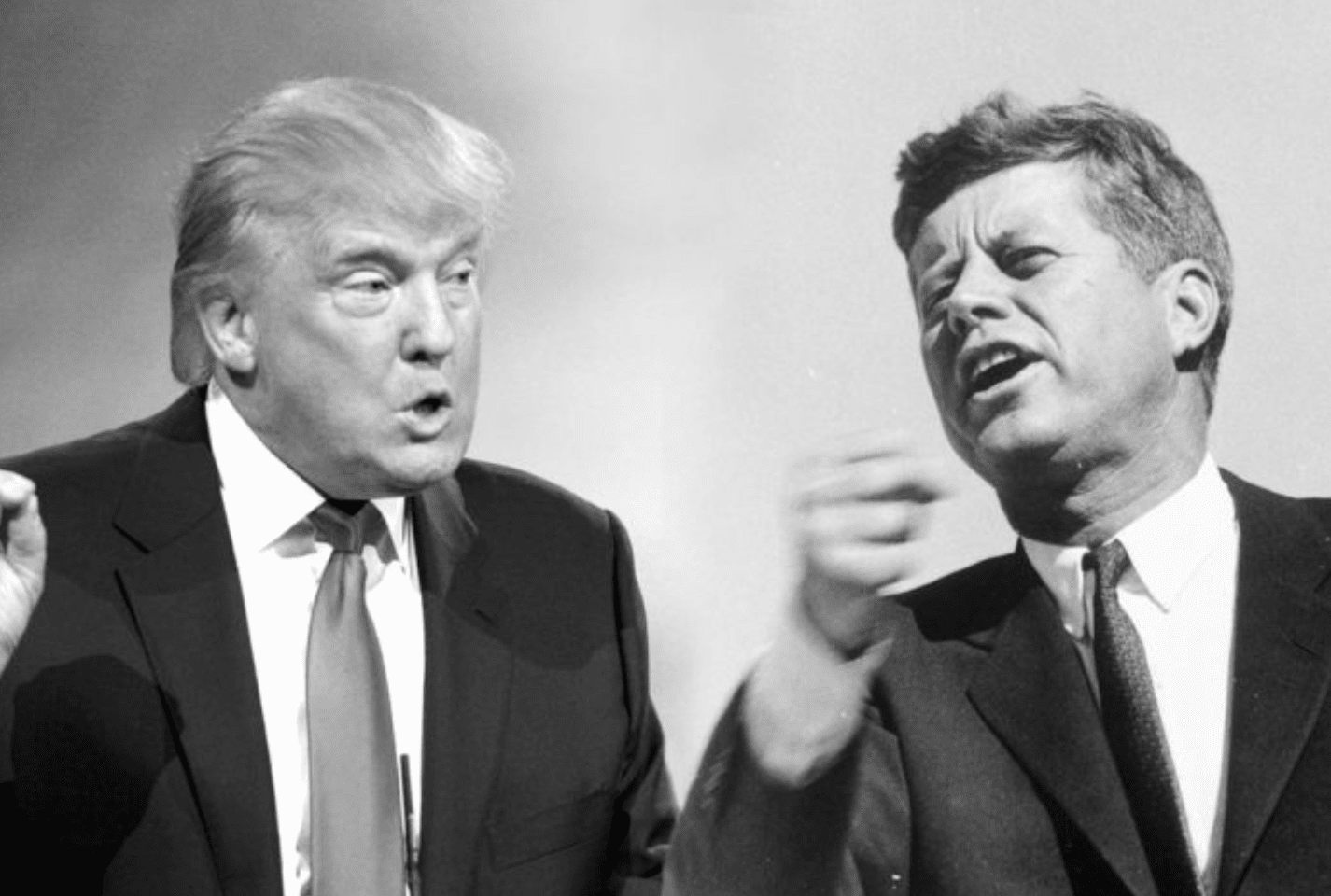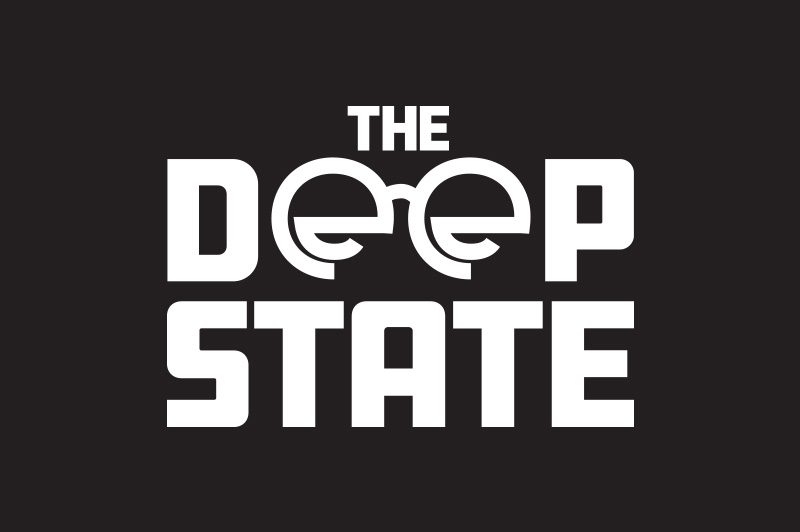On August 10-12, Texas activists took part in the “March for History,” an effort “to call attention to the real, and often untold, story of the Civil War in the Lone Star State.” The 20-mile pilgrimage stretched between the cities of Comfort and Fredericksburg, and included presentations by local historians and scholars, as well as stops at historical landmarks along the way. Organizers noted the march honored “German Texans who faced death en route to Mexico rather than serve the Confederacy.”
Led by De-Confederate Austin, the three-day march was supported by Texas Freedom Network and the Make It Right Project.
“De-Confederate Austin is part of a growing national network calling for historical accuracy and moral clarity about the racial history of the United States, especially around the Civil War. Since you can’t honor someone for doing something that you know is wrong, we can’t honor people for Confederate service while also understanding that the Confederacy’s cause was slavery and that the cause was wicked: the monuments obscure historical and moral reality. And they are a slap in the face to Americans who have struggled for freedom,” Bryan Register, the lead organizer of De-Confederate Austin, wrote in a message.
“We’re marching shortly before the State Board of Education meets to reconsider our public schools’ social studies curriculum standards and a few months before the state Legislature seems likely to consider removing a dishonest neo-Confederate plaque from the Capitol building or, on the other hand, forbidding the removal of Confederate monuments anywhere in Texas. We hope that the event will show how Texans will stand for our history and our country’s moral aspirations.”
Below is a photograph of marchers along the route with posters provided by the Make It Right Project. For more on the event, click here.

